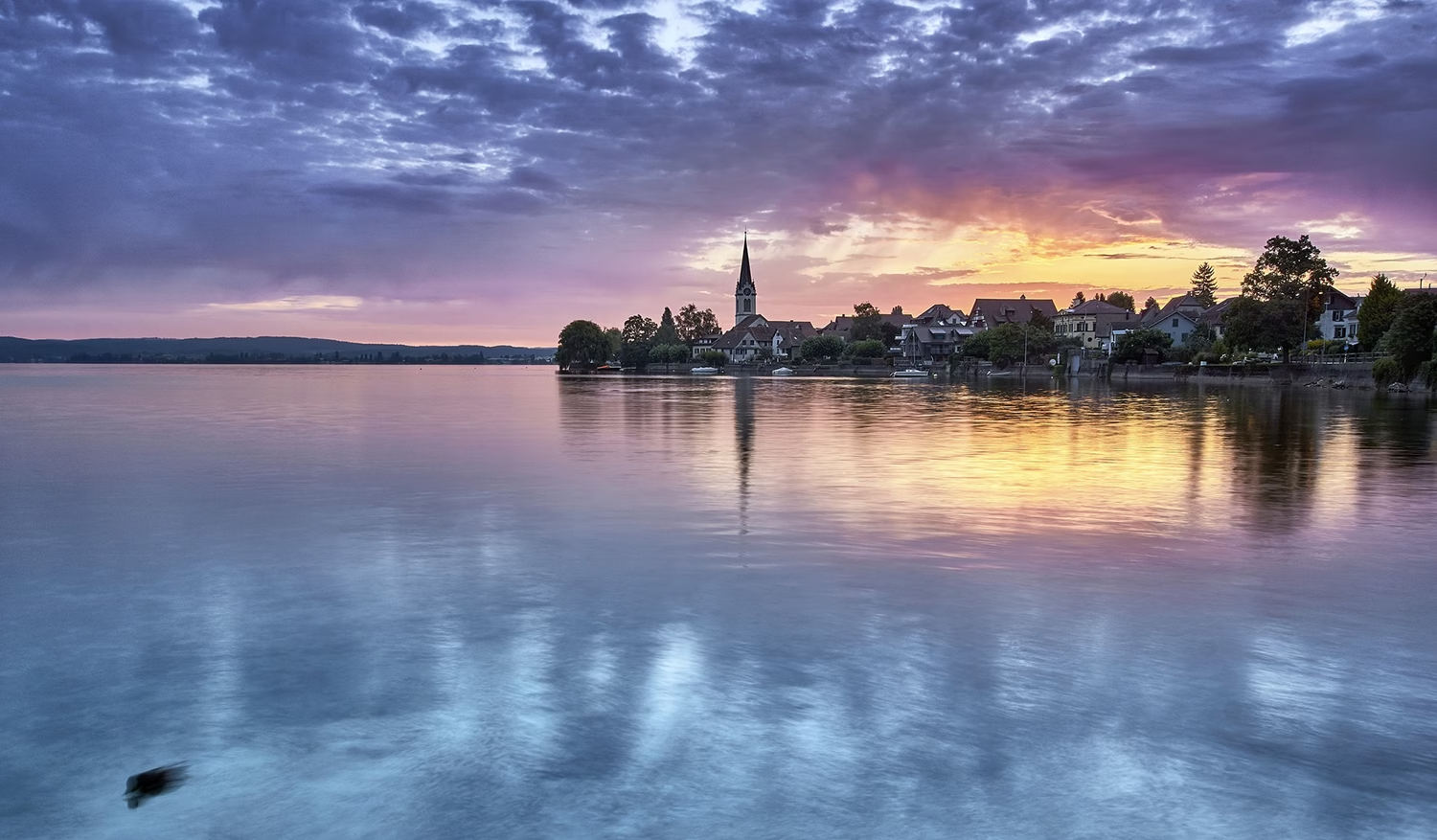Lake Wamala
Lake Wamala, located in central Uganda, remains one of the country’s lesser-known but ecologically and culturally significant water bodies. It lies in Mityana, Mubende, and Gomba districts, covering an estimated area of 250 square kilometers. Seasonal variations and human activities influence its size, making conservation efforts essential for its survival.

History and Cultural Significance
Lake Wamala holds deep cultural significance for the Buganda Kingdom. According to legend, it is named after a powerful spirit, Wamala, who is believed to have once ruled the area. Sacred sites around the lake still serve as places for traditional rituals and ceremonies. Many locals visit these sites to seek blessings and protection from ancestral spirits.
Wildlife and Ecosystem
The lake’s ecosystem supports diverse wildlife, particularly bird species. African fish eagles, pied kingfishers, and papyrus gonoleks are common sights around its shores. The wetlands surrounding the lake provide a habitat for various amphibians, reptiles, and small mammals. Fishing communities rely on the lake for tilapia, lungfish, and catfish, making it an essential resource for food and income.
Attractions Around Lake Wamala
Visitors to Lake Wamala can explore a mix of cultural and natural attractions. The lake’s calm waters and lush wetlands offer spectacular scenery. Birdwatchers can enjoy spotting rare species, while cultural enthusiasts can visit traditional Buganda heritage sites. The fishing villages provide insight into the local way of life, and nearby forests offer opportunities for nature walks.
Activities to Do at Lake Wamala
Canoeing
Exploring the lake by canoe offers a peaceful and immersive experience. Visitors can paddle across the calm waters while taking in the breathtaking surroundings. Canoeing also provides a unique perspective on the lake’s birdlife and aquatic ecosystem.
Fishing
Fishing is a popular activity on Lake Wamala. The lake is home to species such as tilapia, lungfish, and catfish. Visitors can join local fishermen to experience traditional fishing methods while learning about the challenges of sustainable fishing.
Birdwatching
Lake Wamala is a paradise for bird lovers. The wetlands surrounding the lake attract a variety of bird species, including the African fish eagle, pied kingfisher, and papyrus gonolek. Early morning and late afternoon are the best times to observe these magnificent birds in their natural habitat.
Nature Walks
The lake’s surrounding wetlands and forests provide excellent opportunities for nature walks. Guided tours allow visitors to learn about the unique flora and fauna while enjoying the tranquil beauty of the landscape. Walking trails lead through lush vegetation, where wildlife and bird species can be spotted along the way.
Cultural Encounters
Engaging with local communities gives visitors a chance to learn about the rich traditions linked to Lake Wamala. Villagers share folklore, traditional music, and rituals associated with the lake, offering an authentic cultural experience.
Best Time to Visit
The best time to visit Lake Wamala is during the dry seasons, from June to August and December to February. During these months, water levels are more stable, and access to the lake is easier. Birdwatching and fishing conditions are also optimal. However, the lake remains a year-round destination for those seeking a quiet retreat from urban life.
Conservation and Sustainability
Lake Wamala faces environmental threats, including deforestation, wetland encroachment, and pollution from agricultural runoff. Overfishing is another challenge, endangering fish stocks and the livelihoods of local communities. Conservation efforts, such as reforestation projects and sustainable fishing initiatives, aim to restore the lake’s ecosystem. Tourists can contribute to these efforts by respecting the environment and supporting community-led conservation projects.
Plan Your Visit
Lake Wamala offers a unique blend of cultural heritage and natural beauty. Whether you seek relaxation, adventure, or cultural immersion, this hidden gem provides an enriching experience. Responsible tourism and conservation efforts will ensure that future generations continue to enjoy and benefit from its resources.

